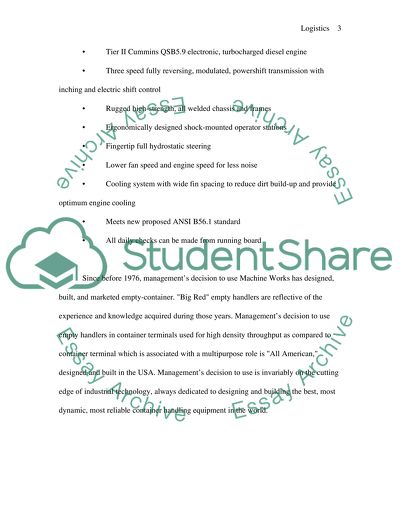Cite this document
(“Logisitics Essay Example | Topics and Well Written Essays - 2750 words”, n.d.)
Logisitics Essay Example | Topics and Well Written Essays - 2750 words. Retrieved from https://studentshare.org/technology/1506992-logisitics
Logisitics Essay Example | Topics and Well Written Essays - 2750 words. Retrieved from https://studentshare.org/technology/1506992-logisitics
(Logisitics Essay Example | Topics and Well Written Essays - 2750 Words)
Logisitics Essay Example | Topics and Well Written Essays - 2750 Words. https://studentshare.org/technology/1506992-logisitics.
Logisitics Essay Example | Topics and Well Written Essays - 2750 Words. https://studentshare.org/technology/1506992-logisitics.
“Logisitics Essay Example | Topics and Well Written Essays - 2750 Words”, n.d. https://studentshare.org/technology/1506992-logisitics.


